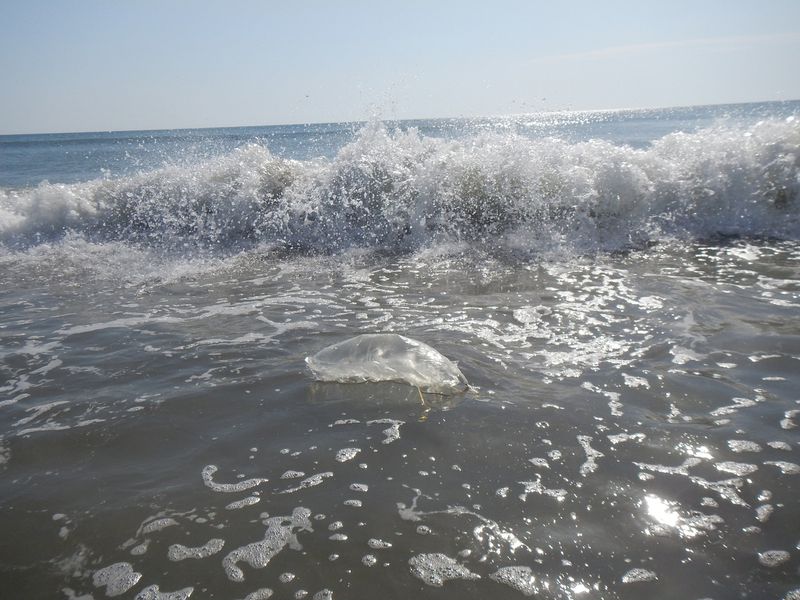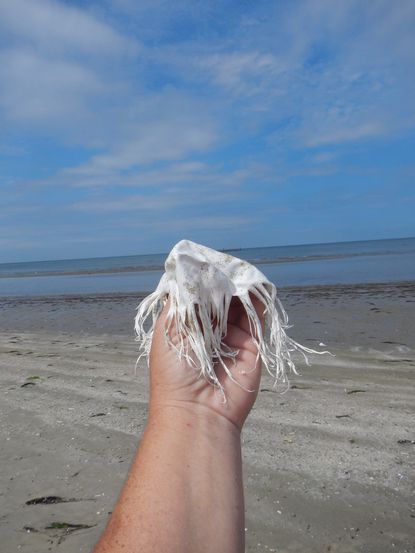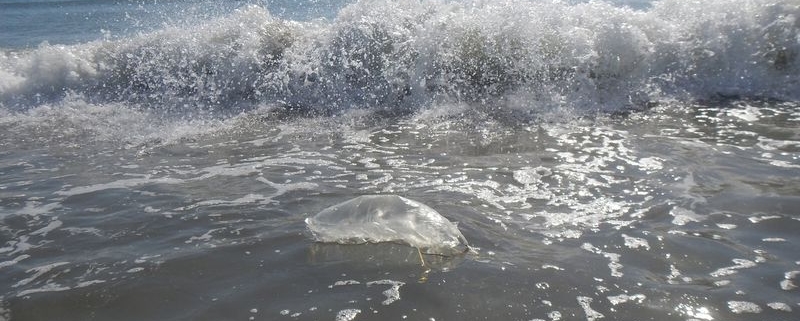Loose Balloons Wreak Havoc on Environment

Animal Connections
Published by the Virginian Pilot on 12-07-2020
Written by Lacy Shirey, Chesapeake Humane Society Executive Director
The practice of releasing balloons is still considered an acceptable practice by many, but, as Sir Isaac Newton said, what goes up must come down, and the impact on the environment and wildlife can be detrimental.
Balloon releases are often done as a tribute to a loved one who has died or sometimes they’re part of a festive event or celebration, but no matter the reason, they all result in litter. This litter often ends up in our coastal areas and accumulates on shorelines. Even litter that originates far inland can make its way to the coastal region since stormwater lines and all waterways eventually lead to the coast.
A study conducted by Clean Virginia Waterways of Longwood University collected litter data from five remote beaches in Virginia from 2013 to 2017. The researchers found a total of 11,441 balloons or balloon fragments or pieces, including ribbons. Since the research areas were uninhabited and not open to the public, these findings illuminate how far litter can travel and the significant impact it has on our environment if left unchecked.
Any litter in our waterways and on our land has the potential to cause harm to wildlife; however, balloons are particularly dangerous because, in the water, they can resemble jellyfish or squid, which are food sources for marine wildlife such as sea turtles. Once ingested, balloons can cause fatal blockages, and the balloon ribbon can cause entanglement.
On land, balloons are a known problem for birds, wild horses, livestock and other species of terrestrial wildlife. In addition to ingesting balloons or balloon pieces and getting entangled in the ribbon, birds have been observed building their nests with balloon strings and balloon debris and other pieces of trash.
Virginia’s current law allows up to 49 balloons per hour to be intentionally released. But even one balloon released has the potential to harm wildlife. Strong efforts were made to change the law but ultimately were not successful in this year’s legislative session.

A bill introduced by Del. Nancy Guy (D-Virginia Beach) to ban all intentional balloon releases died in committee. Another bill by Sen. Jen Kiggans (R-Virginia Beach), which would have reduced the number of balloons that could be intentionally released from 49 to one per hour, was continued to 2021.
We expect a strong push again in next year’s legislative session to change the law, with many organizations right here in Hampton Roads providing support. You can provide your support by contacting your local and state legislators and encouraging them to support a balloon ban.
In the meantime, choose responsible alternatives to honor a loved one or celebrate an event without doing a balloon release. Some ideas include blowing bubbles, planting a native tree or making a charitable gift in honor of your loved one.
Alternative resources and ideas can be found at joyfulsendoff.org, a campaign created by the Virginia Coastal Zone Management Program and Clean Virginia Waterways of Longwood University to reduce helium balloon releases and balloon litter.
—-
Lacy Shirey is executive director of the Chesapeake Humane Society. She can be reached at director@chesapeakehumane.org.



